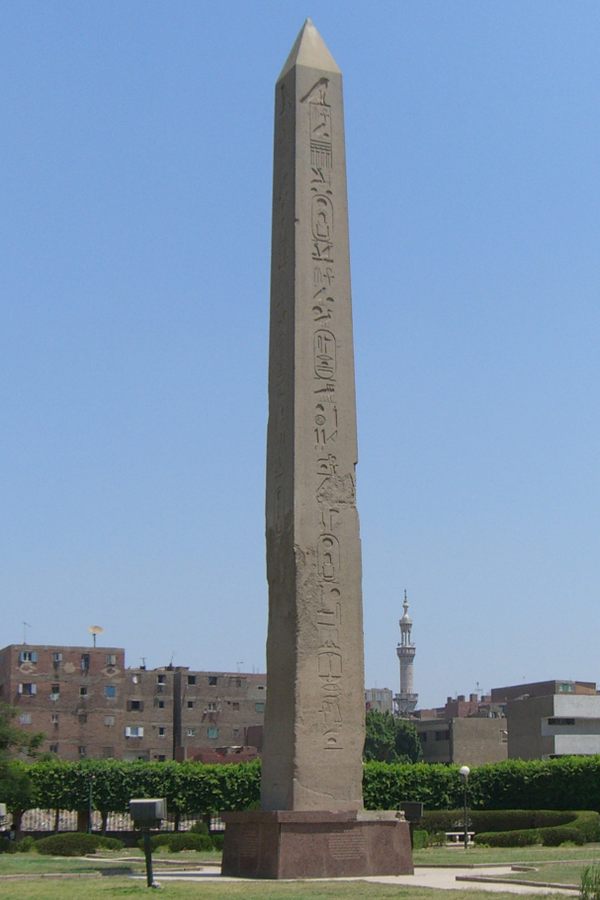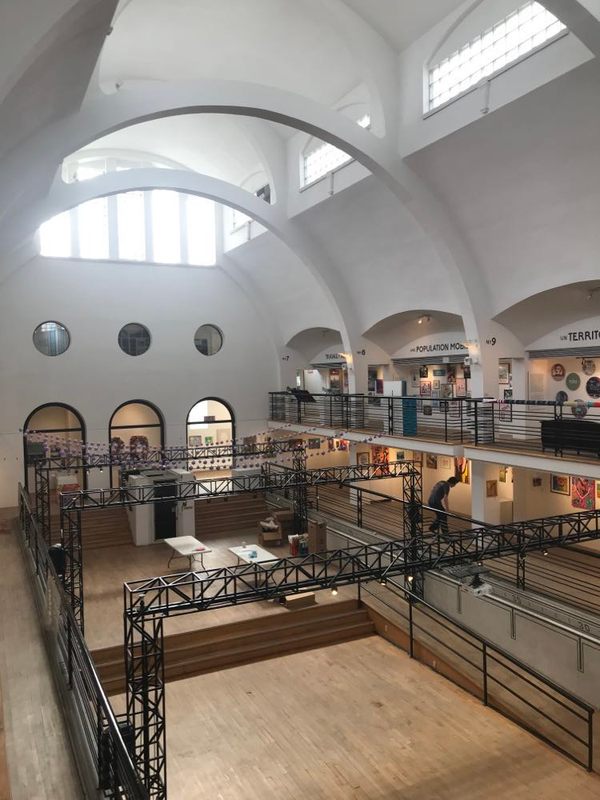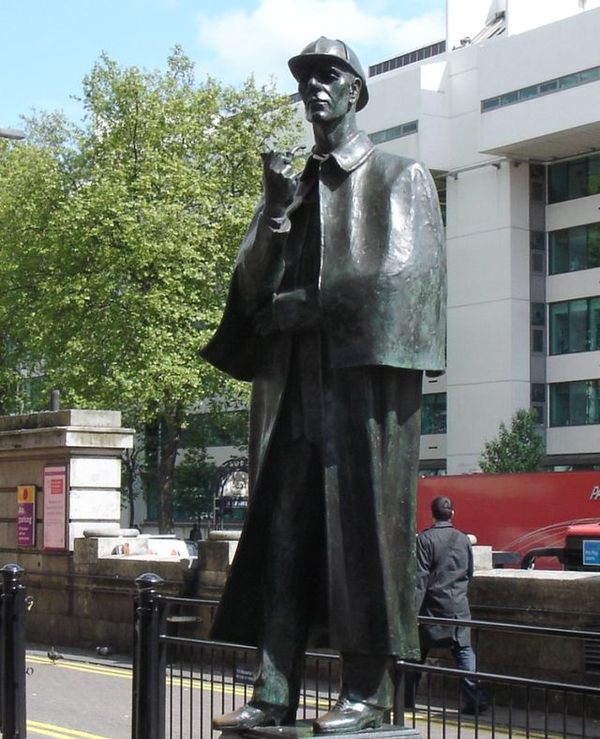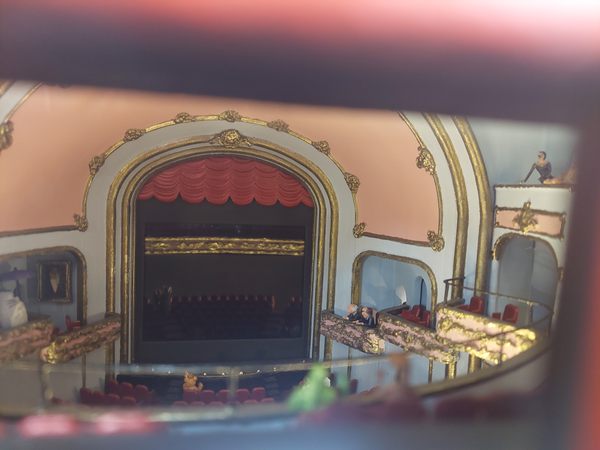Obelisk of Senusret I in Faiyum, Egypt
Most of the world's 30-odd surviving obelisks currently stand eroding in the rain in cities like Rome, Istanbul, Paris, and New York, having long ago been pulled down and floated across the sea by Egypt's successive conquerors. Remarkably, the oldest obelisk of them all has never been moved from its original site. For nearly 4,000 years, the Obelisk of Senusret I has stood guard over what is now Cairo as cities and empires have risen and fallen around it. The Obelisk of Senusret I was erected before 1926 BC to adorn the city of Heliopolis. The obelisk was still standing nearly 2,200 years later when Alexander the Great marched through the city. It remained standing even as the Romans pillaged eight other obelisks from Heliopolis, which are now scattered throughout the world. It was still standing when, according to local tradition, Jesus, Mary, and Joseph fled Palestine and camped in the shade of a nearby tree, which is still a popular pilgrimage site for Egyptian Christians. The obelisk continued to stand as Heliopolis fell into ruin and disappeared, as a small farming village called al-Matariyah replaced the once-glorious city, and as the village was absorbed into the urban sprawl of Cairo. Today, the Obelisk of Senusret I stands at the heart of a crowded urban neighborhood, reminding all who pass of the endurance of Egyptian history.


Most of the world's 30-odd surviving obelisks currently stand eroding in the rain in cities like Rome, Istanbul, Paris, and New York, having long ago been pulled down and floated across the sea by Egypt's successive conquerors. Remarkably, the oldest obelisk of them all has never been moved from its original site. For nearly 4,000 years, the Obelisk of Senusret I has stood guard over what is now Cairo as cities and empires have risen and fallen around it.
The Obelisk of Senusret I was erected before 1926 BC to adorn the city of Heliopolis. The obelisk was still standing nearly 2,200 years later when Alexander the Great marched through the city. It remained standing even as the Romans pillaged eight other obelisks from Heliopolis, which are now scattered throughout the world. It was still standing when, according to local tradition, Jesus, Mary, and Joseph fled Palestine and camped in the shade of a nearby tree, which is still a popular pilgrimage site for Egyptian Christians. The obelisk continued to stand as Heliopolis fell into ruin and disappeared, as a small farming village called al-Matariyah replaced the once-glorious city, and as the village was absorbed into the urban sprawl of Cairo.
Today, the Obelisk of Senusret I stands at the heart of a crowded urban neighborhood, reminding all who pass of the endurance of Egyptian history.





















































































































































































.jpeg)











































































